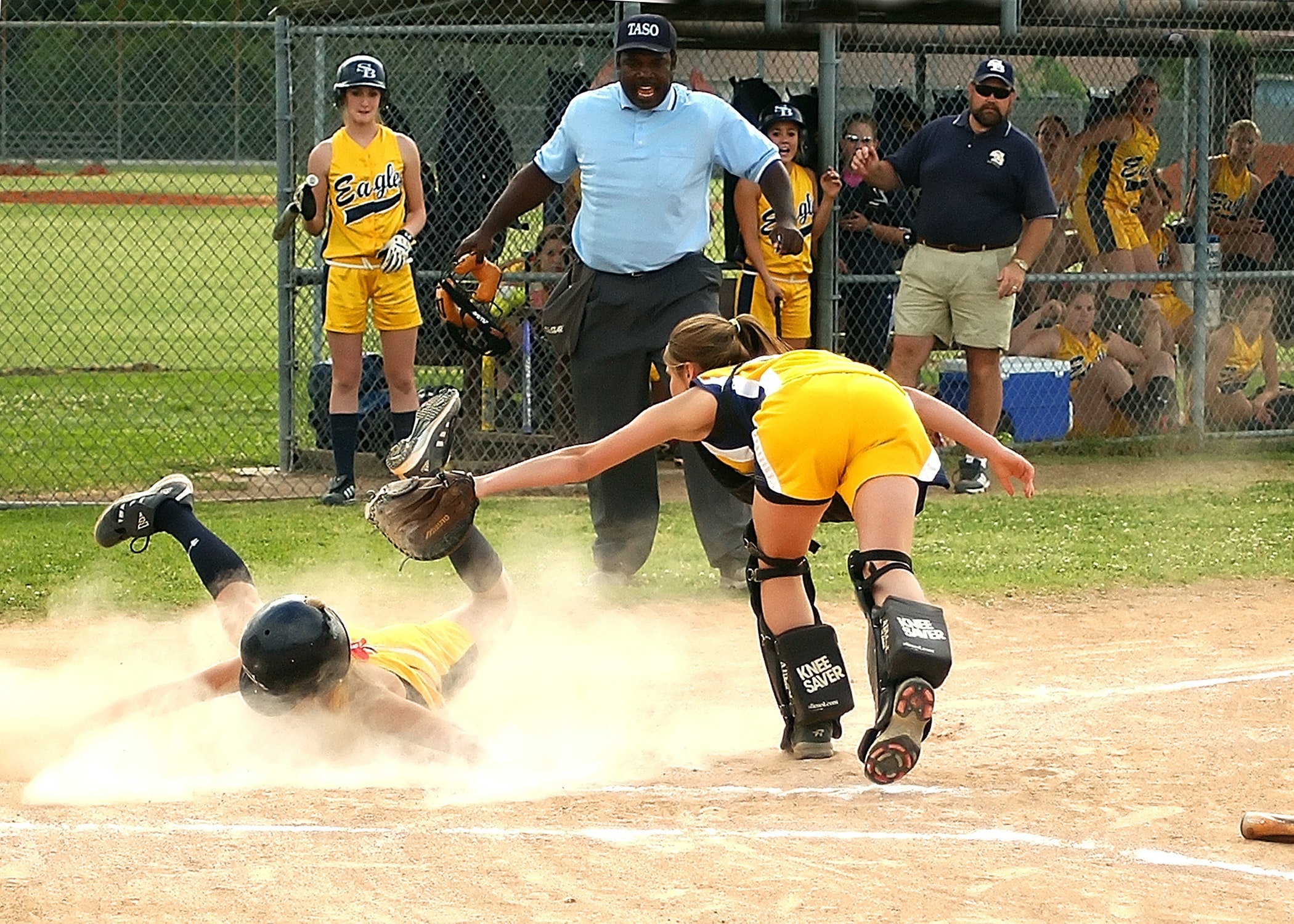To put it simply, Athletes training involves preparation for an event. It aids in the steady development of an athlete’s strength and endurance and their ability and self-assurance. The “perfect” training regimen for reaching your physical goals is like a dream come true when it comes to accomplishing your material ambitions. For optimal results, you must tailor your fitness regimen to your specific goals and the sport you plan to participate in.
It’s not necessary to follow a specific set of rules to get a particular result. This is owing to a wide range of body types, metabolisms, and ages. With so many choices, it becomes even more challenging to make a decision. Testing several possibilities and seeing which generates the most consistent outcomes is the most effective technique; this will allow you to gain information and expertise in the process.
Methods of training and education:
Athletes must be aware of the many types of training methods available before selecting and constructing a training program. Use training as a means of improving their performance. However, the training gains are also specific to the exercise itself. ” Speed of movement, muscles used, contraction patterns, and intensity of training all directly affect the training benefits.

A fundamental principle of training is that the body responds to stress by making specific changes in reaction to that stress. Glycogen stores are increased if the muscle is under stress and running low on glycogen. The muscle has to grow to lift the weight again if the stress is that the power can’t lift the weight again. Because of this, they must practice the methods and styles that are most closely associated with their particular sport.
There are several different training choices available, including the following:
- Aerobic
- Anaerobic
- Flexibility
- Training for strength.
The following is a list of standard training models:
Continuing Education:
More extended periods of exercise without interruptions or rest periods are referred to as continuous training. There should be no more than a 60% to 80% heart rate for the entire session. Primary objectives include the improvement of the health of your lungs and heart. As your cardiovascular endurance improves, it becomes simpler to perform everyday tasks without tiring out.

Regular exercise is essential for weight loss, marathon participation, swimming, riding, and other activities. As a prelude to a more intense workout, this is an attractive option. Swimming, jogging, biking, or walking for roughly 20 to 30 minutes is the norm for most workouts.
Training using Fartlek:
Exercise approach Fartlek, which means ‘Speed Play’ in Swedish, combines continuous and interval training. A change in speed or terrain puts more strain on the aerobic and anaerobic systems while also speeding up recovery. It forces the runner’s body to adjust a variety of speeds, preparing it to run faster over longer distances.
Cross-country Athletes ,team games with varying speeds, and marathon runners can benefit from this technique. Training in a circular fashion. Planning a workout should include a variety of muscle groups and the appropriate number of repetitions for each.

Even though you can focus on your workout on a particular body area, this strategy is perfect for a full-body exercise. Circuit training combines the best of both worlds, resulting in more efficient results and a higher metabolic rate. As a bonus, it allows you to try out new exercises, breaking up your monotonous workouts.
Training with Intervals:
During interval training, players cycle between short, intense workouts and intervals of rest and recovery to improve their lactate threshold and recovery rate, as well as their overall athleticism. Anaerobic exercises are used for the high-intensity phases, while the recovery interval can be anything from entire rest to low-intensity activity.
Training in Flexibility and Mobility:
Exercises that gradually increase the range of motion in a joint or combination of joints are called flexibility training. To improve your flexibility, you can follow specific stretching exercises that target specific parts of your body. Gymnastics and dancing, in particular, benefit greatly from this type of exercise because it is commonly used as a warm-up before more strenuous activities, such as weight training.
Weightlifting training:
Weighted bars, dumbbells, or weight stacks are used in weight training as a primary method of strength training to increase muscle mass and power. Studies reveal that weight exercise not only slows bone deterioration but it can also help the body build new bone. As a result, it’s critical to the body’s growth and development. Depending on how many repetitions you intend to perform, you can decide how much weight to use. For six repetitions, you will be able to lift bigger weights than for twelve.
Workouts that Include Plyometrics:
Exercises using plyometric or jump training are included in which the body exerts maximum force in a brief period and focuses on rapid muscular extension and contraction. Bounding and depth jumping are other essential components of this exercise regimen. It seeks to increase muscular power, which in turn increases jump height and sprinting distance. Martial artists, sprinters, volleyball players, and high jumpers can all benefit greatly from these.

Training for quickness, agility, and skill:
For athletes, SAQ training is a way to reprogram their neuromuscular system, which improves their ability to move in several directions. Workouts will be more effective if they include them. Sprints, high knees, small hurdles, agility ring hops, and depth jumps are essential parts of the SAQ method.
Professional athletes are more likely to use this strategy, but it’s becoming increasingly popular among non-professionals. Obeying the herd may not be your best bet when it comes to sports training, and it may leave you with disappointing outcomes. Consequently, look into all of your possibilities and choose the one that will provide you with the best results and help you achieve your goal.














